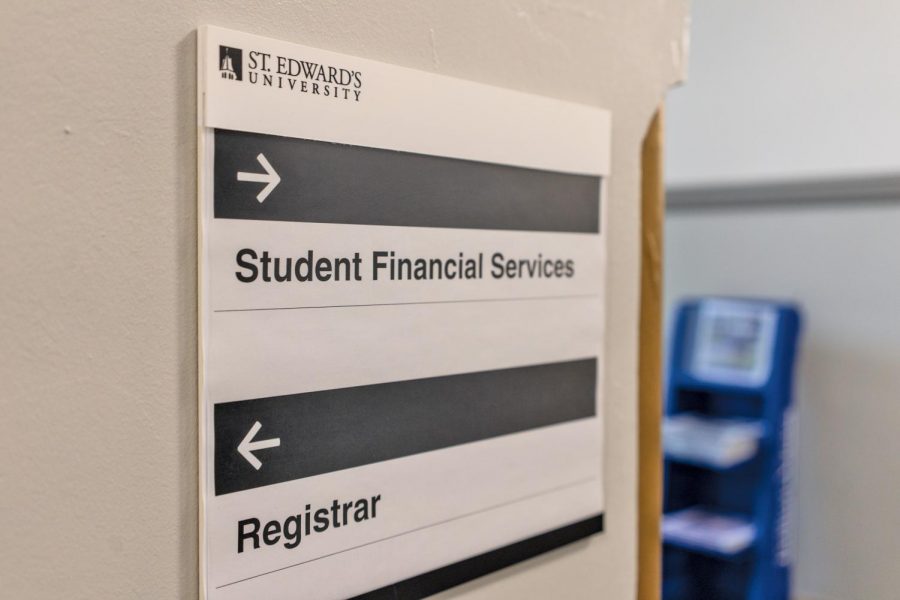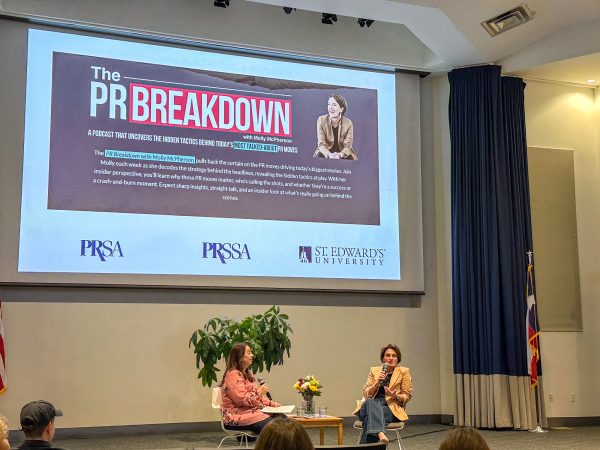Everything you need to know to successfully file your FAFSA
Federal grants through are available to those who show financial need according to FAFSA. Student Financial Services is in Main Building 204.
Whether you are getting ready to enter college or you’ve been attending for a while, how you plan to pay your tuition may constantly be on your mind. Luckily, in 1965, President Lyndon Johnson signed the Higher Education Act, which states that the U.S. federal government is the primary provider of financial aid for college students. Since then, over 13 million students are reliant on financial aid. Though the process can be a bit discouraging and time-consuming, the outcome will help ensure you are able to afford the great education that you deserve.
Just because you sign up for financial aid does not mean that you are signing up for loads of debt. Financial aid is a lot more than that. Filling out the Free Application for Federal Student Aid (FAFSA) gives you the opportunity to get a scholarship through the school, federal grants, work-study opportunities and Direct Subsidized and Direct Unsubsidized loans.
It is important to note that when you are awarded a scholarship or federal grant, you do not have to pay those back, except under special circumstances. You will have to repay these grants or scholarships if you withdraw from school before finishing an enrollment period or if you receive a TEACH Grant and do not complete your service requirements. More about grants can be found on the student aid website.
Work-study gives students the opportunity to work part-time while in school. This helps undergraduates and graduates pay for expenses that may arise. It is not until you complete your FAFSA that you may qualify for work-study.
The two loans to watch out for are Direct Subsidized loans and Direct Unsubsidized loans. You will have to pay back both of those six months after you graduate or stop attending school. The difference between these two loans is that the U.S. Department of Education pays the 2.5% interest for the Direct Subsidized loan while you are enrolled in school until you leave. For Direct Unsubsidized loans, you are responsible to pay the 2.5% interest during all periods. The fewer loans, the better.
According to the FAFSA, you will need seven things before you start to fill out your online form.
First, you will need to create a Federal Student Aid (FSA) account. This could be for yourself if you’re considered independent. If you are a dependent, your guardian will need to create an account as well, but both the guardian and student will need separate accounts to complete the full process. FAFSA recommends doing it as early as possible (before Oct. 1) to make sure that it gets approved in time.
Next, you will need to have your Social Security card, or if you are not a U.S. citizen, your Alien Registration number, along with a driver’s license (it is okay to skip this step) to complete the process.
To finish the application, for the 2020–21 FAFSA form, you will need to enter yours and your parent’s 2018 tax records if you are considered a dependent. You will also need to enter records of your untaxed income (this may not apply to everyone). Lastly, prepare a list of schools that catch your eye. It’s okay if you have not applied or been accepted to these schools yet, but it is better to have them listed early.
Though there are a lot of steps to complete the process, in the end, it will be worth it. If you need help, you can always set up a virtual meeting with a Financial Services counselor on campus or visit the FAFSA website for more details.










